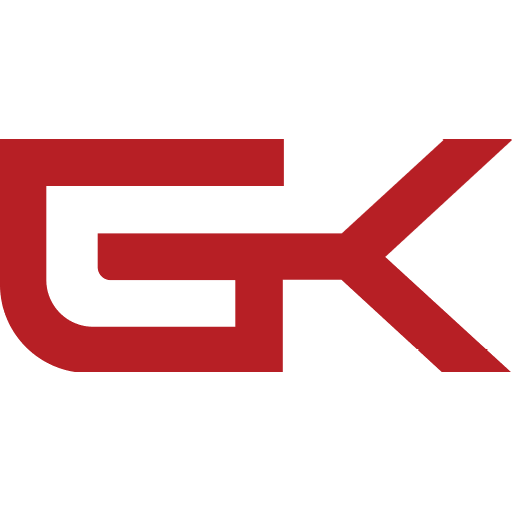We caught up with GK’s lead EPM FCC consultant who has worked on prior versions of these consolidation products since 1991 from Hyperion Enterprise to FCC on the cloud. They have shared their advice on how to avoid the common pitfalls to deliver a successful EPM implementation.
So, what is an EPM? It is an acronym that Oracle uses for Enterprise Performance Management. On the financial consolidation side, it is essentially the transformation of an organisation’s financial ledger systems into a consolidated set of financial statements. There are various products that Oracle offer in the EPM suite, one of which is FCC which is the financial consolidation tool.
I have a good track record of successful project implementation. My career has evolved over the last 30 years and during this time, I have learnt it is essential to work collaboratively with the client to get to the desired outcome. My role enables them to focus on the right tasks and make timely decisions to keep the project on track and in budget. But it is not all plain sailing – there will be challenges that can be detrimental to a successful outcome including scope creep, insufficient resources, and complexity of the project.
Here’s my advice to avoid these – because if you don’t the impact can be costly.
Be flexible
You cannot predict what will happen across an organisation during the life span of the project and these unforeseen circumstances can come in all shapes and sizes. Here are a few I have faced during projects; staffing and leadership changes, a full company restructure, a merger and acquisition and the need to deprioritise the project in favour of a more urgent business requirement.
To minimise the impact nothing should be set in stone. Don’t assume that a defined design document which lays everything verbatim will lead to a successful outcome. Consider it the starting point and know that the project will evolve. Think of the design document as a living document. For example, allocating specific time to do certain tasks should be avoided, instead work with an estimate that can be flexed both ways.
I have worked on projects across the spectrum of company size, but what does not vary, is that at some point along the way the costs of the project will change.
Know your procurement process
There is a lot of emphasis is on design, statement of works and cost, but there’s a need to consider all the legal and procurement process in the structure of your project plan. Working with an implementation partner like GK means giving access to sensitive information to people outside of your organisation. The documentation requirement although necessary can be burdensome and can cause delays. Being prepared helps avoid this and alleviates concerns about data protection and liabilities. It is not just about signing off costs.
Make quick decisions
Know who approves the decisions; having a key decision maker as part of the project team enables the process to be more efficient. For GK, if the person you’re dealing with can make decisions the project will progress more quickly, and it avoids coordinating a large group of stakeholders and their diaries.
This can, of course be more challenging the larger the organisation so I recommend allocating a project owner from the department and a project sponsor from leadership.
Allocate dedicated resources
Most teams will have existing systems that they’re all using to do their current day job. The challenge comes when they need to support the transformation project. There is often a lack of awareness of the impact a transformation project has on a team.
In organisations that are well staffed it is easier for teams to absorb the extra workload. When there is a small team, say just 2 people, then it is not possible at all. Ideally the resource needs to be somebody on the ground who’s in that role currently. That’s the challenge, because that person cannot just step aside unless somebody else does their existing role. So, I recommend hiring contractor/s for the life span of the project to take on that existing role.
Set KPIs for consultants
Managing a project and allowing for flexibility means setting clear KPIs for your consultants. Often there is no performance management or tracking of tasks and actions. Any manager overseeing the process, or a project needs to be able to see that things are being delivered. This line of sight becomes even more necessary as management will be asking you where you are in the project plan and how the budget is tracking.
These requests can come from many sources and will slow you down unless you have can have this information close at hand. Set up a tracking process and make sure to have regular check ins with your implementation partners.
Future proof your investment
Let’s be honest, these systems can be relatively costly to implement, and the software venders charge ongoing licensing fees. However, at GK we believe the benefits out way the costs and effort to implement and EPM suite.
Some of our clients have obsolete systems that run on platforms that are no longer supported so are forced to move on to a more recent version of the software, this can be avoided in the future. Software vendors are continually improving and updating their cloud applications meaning a client can benefit from improvements without having to install a new system.
Overall, it delivers efficient data collection and consolidation to meet legal obligations to report financial numbers and uses consolidated results to implement strategies for growth, giving access to numbers earlier, which in turn keeps the team happy and performing.
Show them the data
People are at the heart of any successful transformation. As with any change managing scepticism and building trust in the new process is important, ultimately for the project to be successful people need to use it!
I’ve noticed in past projects, once you can present the new system in action with numbers that they recognise you can win over even the most pessimistic. So, the sooner you can get to that point the better and the more likely it is that your transformation project will be a success.




